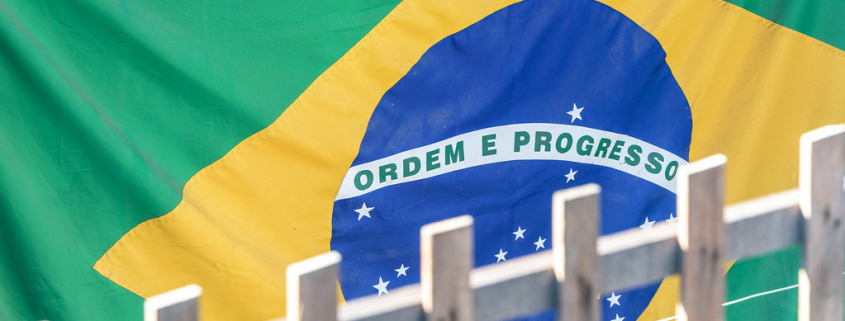The total value of agrochemicals imported into Brazil between January and September 2019 amounted to US$2.51 billion, a 21% growth compared to the same period last year.
These imports include both products used directly in agricultural production, totalling $2.11 billion, and those used in the storage and processing of pesticides.
Until the first week of October 2019, Brazilian government regulators approved the registration of 382 products, an increase of 21% compared to the first nine months of 2018.
The class of agrochemicals that account for the highest import spending is insecticides, totalling $890 million this year while fungicides registered the highest growth at 41%, followed by herbicides at 15%, reaching a value of $668 million in September.
The countries that sold the most agrochemicals to Brazil during this period were the United States (US), China and France. While the US led in terms of insecticide sales, China sold the largest volume of herbicides and France led in fungicide sales.
The European Union (EU) accounts for one fifth of Brazil’s pesticide spending and leads in supplying fungicides, accounting for 64% of the Brazilian market.
According to market experts, Brazil has accessed a wider variety of chemical inputs this year, which partly explains the growth in imports that also caused an increase in planted crop area, with the total area dedicated to grain production increasing from 61.7 million hectares in 2018 to 63 million hectares in 2019, according to Conab (National Supply Company). The area used for soybean, Brazil’s leading agricultural crop, already totals 36 million hectares.
Climate irregularities also required more spraying. In addition to soybean, agrochemicals were mainly applied on sugarcane and coffee plantations, as well as on pastured land and protected forests.
Source: Agropages
Image source: “Brasil” by ruifo is marked with CC BY-NC-SA 2.0.

